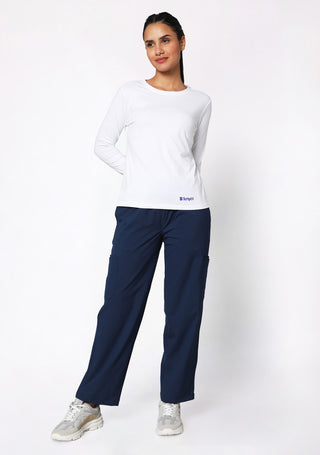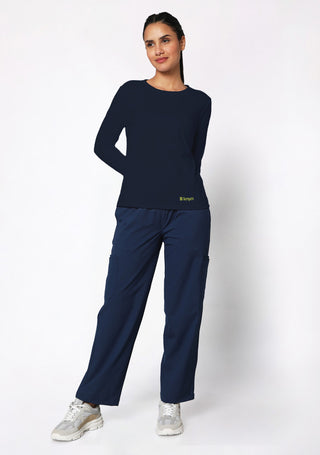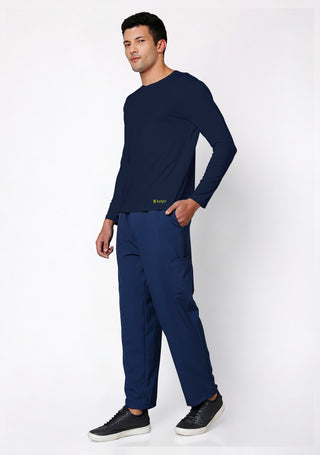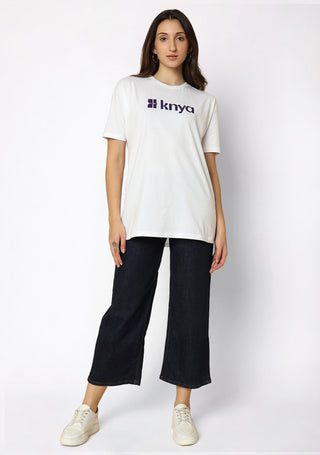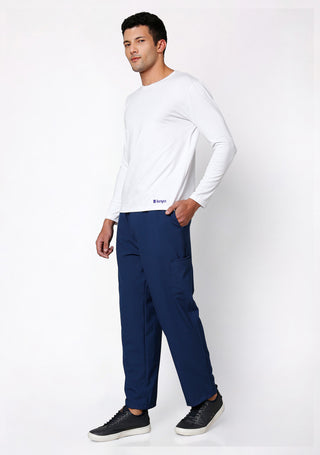Have you ever wondered why medical professionals in the operating room wear green or blue scrubs instead of white? While it might seem like a simple fashion choice, the reality is that this practice has profound implications on surgery success, visibility, and hygiene. Let’s dive into the science behind this color choice and why medical scrubs have evolved into what we see today.
The Evolution of Scrubs in Medicine
Early Days: From Personal Clothing to Sterile Attire
Before the early 20th century, surgeons wore their regular clothes with an apron—similar to what butchers used—to protect against stains. However, hygiene was not a priority, and antiseptic techniques were yet to be widely adopted.
The 1918 flu pandemic changed everything. With growing awareness of germ theory and infection control, hospitals adopted surgical masks, rubber gloves, and doctor coats to reduce contamination. Initially, white was chosen for its association with cleanliness. However, it soon became clear that white was not ideal for surgical settings.
Why Green and Blue Scrubs Replaced White?
- Reducing Eye Strain and Improving Visibility
Surgeons work under bright lights, and constantly shifting their focus between the deep red of human organs and the stark white of their colleagues’ attire caused visual fatigue. Similar to how bright snow can cause temporary blindness, white clothing reflected too much light and made it harder for doctors to focus.
To address this, medical professionals switched to green and blue scrubs in the early 20th century. These colors are much easier on the eyes and help surgeons maintain focus during long procedures.
- The Role of Complementary Colors in Surgery
The reason medical scrubs are primarily green or blue is based on color theory. On the color wheel, green and blue are opposite to red, meaning they enhance a surgeon’s ability to differentiate between varying shades of red, pink, and purple—essential when dealing with human anatomy.
Additionally, staring at red for extended periods can cause optical illusions where surgeons start seeing green ghost images when shifting their gaze. Wearing blue or green scrubs helps neutralize these afterimages, reducing distractions and improving concentration.
- Easier Stain Management
Another practical reason for the shift from white to blue and green medical scrubs is that these colors make blood stains less visible. This helps hospital staff maintain a cleaner appearance throughout shifts while making it easier to manage laundry.
Click here to Explore All Women's Scrubs and discover our complete collection of comfortable and stylish medical apparel
The Science of Color Perception in Medicine
To fully understand why surgeons wear green and blue scrubs, let’s break down the science of color perception:
- The human eye can distinguish colors based on light wavelengths.
- Red light (blood) is the most dominant color in an operating room.
- Staring at red for too long tires the cone cells in the eye, leading to reduced sensitivity and misjudgment of subtle color differences.
- Green and blue scrubs help reset the eye’s sensitivity, improving visual contrast and reducing errors.
Psychological Effects of Scrub Colors
Beyond the scientific benefits, color psychology also plays a role in medical attire. Blue and green are known for their calming effects, which is crucial in high-stress environments like hospitals. They promote focus, relaxation, and trust, which can positively impact both medical professionals and patients.
Why Are Scrubs Called ‘Scrubs’?
The term “scrubs” comes from the process of scrubbing in before surgery. Medical professionals follow strict sterilization procedures, including scrubbing their hands and arms with antiseptic solutions before entering an operating room. Over time, the garments worn in these environments came to be known as scrubs.
The Shift to Modern Medical Scrubs
Today, medical scrubs are not just limited to green or blue. Different departments within hospitals use various colors to differentiate roles. For example:
- Surgical teams wear blue or green.
- Nurses may wear purple or pink.
- Technicians might wear grey or navy blue.
- Doctors in clinics may wear traditional doctor coats over their scrubs.
The evolution of scrubs has also led to innovations in fabric technology, with modern scrubs for men and scrubs for women designed for comfort, breathability, and antimicrobial protection.
The Future of Medical Scrubs
With advancements in textile technology, scrubs are now being designed with moisture-wicking, antimicrobial, and stain-resistant properties. Smart fabrics that can monitor body temperature and detect contaminants are also emerging in the medical field.
Additionally, personalized and stylish scrubs are gaining popularity. Healthcare professionals no longer have to compromise between function and aesthetics, as brands are creating scrubs in fashionable cuts and fits tailored for both men and women.
Choosing the Right Scrubs for Your Needs
At Knya, we provide high-quality medical scrubs, doctor lab coats, underscrubs, and surgical caps designed for healthcare professionals who prioritize comfort and functionality. Discover the best scrubs for doctors who demand the highest standards in comfort, durability, and performance."
Conclusion
The reason scrubs are green or blue goes beyond aesthetics. It’s a scientifically backed decision aimed at enhancing visual clarity, reducing eye strain, and improving hygiene in the operating room. As the healthcare industry continues to evolve, so does the design and functionality of medical attire, ensuring that professionals have the best tools—including medical scrubs—to perform their life-saving work with ease.
Explore our range of high-quality scrubs today and experience the perfect blend of comfort, style, and performance!




